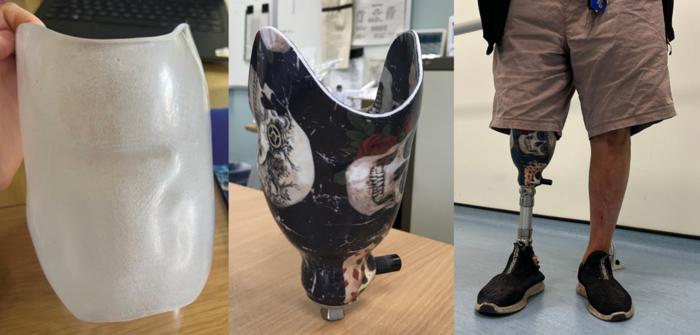A new air-powered computer has been developed to alert users when certain medical devices fail, offering a more reliable and cost-effective solution to prevent blood clots and strokes without relying on electronic sensors.
Detailed in a recent paper published in the journal *Device*, this innovative computer operates entirely on air, even using it to issue alerts. When the computer detects a malfunction in the compression machine it monitors, it promptly sounds a whistle.
Intermittent pneumatic compression (IPC) devices, which are air-filled leg sleeves that periodically squeeze the legs to boost blood flow and prevent dangerous clots, are typically powered and monitored by electronics. However, the new air-powered computer aims to reduce the reliance on electronics, making IPC devices both more affordable and safer.
“IPC devices are life-saving, but their electronic components make them expensive. We aimed to create a pneumatic device that eliminates some of the electronics to reduce costs and enhance safety,” explained William Grover, an associate professor of bioengineering at UC Riverside and the lead author of the paper.
Pneumatics, which move compressed air, are already used in various applications, including emergency brakes on freight trains, bicycle pumps, tire pressure gauges, respirators, and IPC devices. Grover and his team saw an opportunity to apply pneumatic logic to control these devices and improve their reliability.
The air-powered computer functions similarly to electronic circuits by performing parity bit calculations. For instance, if a message is transmitted as a series of ones and zeroes, an additional piece of information called a parity bit is used to ensure accuracy. This bit indicates whether the number of ones is odd or even. If the final bit doesn’t match the expected parity, it signals an error.
In the air-powered computer, 21 tiny valves manage air pressure to count these bits. If the counting is correct, the whistle remains silent. However, if an error is detected, the whistle sounds, indicating that the machine needs repair. In a demonstration video, Grover and his team intentionally damage an IPC device, causing the whistle to blow shortly afterward.
- Press release – University of California – Riverside







